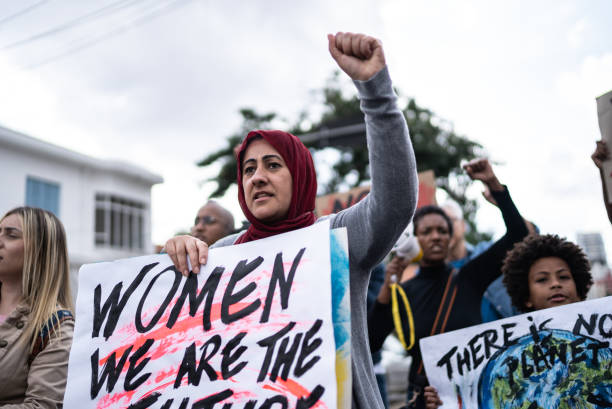Hijab and the Law: An Overview
The hijab is a religious garment worn by Muslim women to cover their hair and neck. It is a symbol of modesty and privacy, and it is worn by women of all ages and backgrounds.
The wearing of the hijab has been the subject of much debate and controversy in recent years. Some countries have laws that restrict or ban the wearing of the hijab, while others have laws that protect the right of women to wear it.
In this blog post, we will take an overview of the legal status of the hijab around the world. We will discuss the different laws that have been enacted, the arguments for and against these laws, and the impact that they have had on Muslim women.
The Legal Status of the Hijab Around the World
The legal status of the hijab varies greatly from country to country. In some countries, it is completely banned, while in others it is perfectly legal to wear.
Here is a brief overview of the legal status of the hijab in some of the world’s most populous countries:
- France: France has a law that prohibits the wearing of any religious symbols in public schools, including the hijab. This law has been challenged in court, but it has been upheld by the French Supreme Court.
- Turkey: Turkey has a secular constitution that prohibits the wearing of any religious symbols in government buildings or schools. However, the wearing of the hijab is not banned in public places.
- Iran: Iran has a law that requires all women to wear the hijab in public. This law is strictly enforced, and women who are caught without a hijab can be fined or arrested.
- Saudi Arabia: Saudi Arabia has a law that requires all women to wear the abaya, a full-length, loose-fitting garment that covers the entire body from head to toe. The hijab is also required in Saudi Arabia, and women who are caught without a hijab can be fined or arrested.
- United States: There is no federal law in the United States that prohibits or restricts the wearing of the hijab. However, some states have laws that restrict the wearing of religious symbols in public schools.
Arguments for and Against Hijab Bans
There are a number of arguments for and against hijab bans.
Those who support hijab bans argue that they are necessary to protect secularism and public order. They argue that the hijab is a symbol of religious extremism and that it can be a source of conflict in multicultural societies. They also argue that hijab bans are necessary to protect the rights of women, who they argue are being forced to wear the hijab against their will.
Those who oppose hijab bans argue that they are discriminatory and violate the right to freedom of religion. They argue that the hijab is a personal choice for Muslim women and that it should not be banned by the government. They also argue that hijab bans are ineffective, as they do not stop women from wearing the hijab.
Impact of Hijab Bans on Muslim Women
Hijab bans have a significant impact on Muslim women. They can make it difficult for women to participate in public life, as they may be afraid to be seen without a hijab. They can also lead to discrimination and harassment.
In a study by the University of California, Berkeley, researchers found that Muslim women who live in countries with hijab bans are more likely to experience discrimination in employment, education, and housing. They are also more likely to be harassed or attacked.
Conclusion
The legal status of the hijab is a complex and controversial issue. There are strong arguments on both sides of the debate. Ultimately, it is up to each country to decide how to regulate the wearing of the hijab.
However, it is important to remember that the hijab is a personal choice for Muslim women. It should not be banned by the government, as this would violate the right to freedom of religion.




